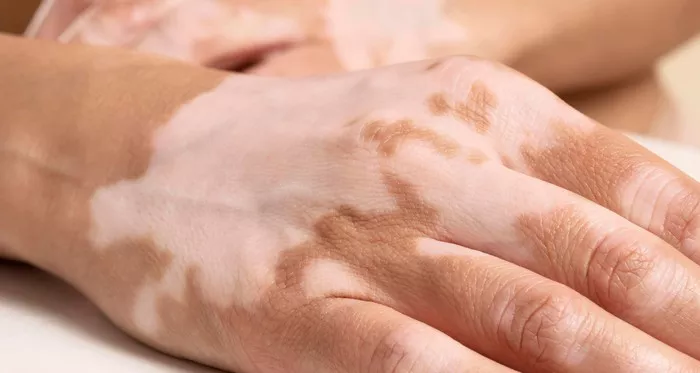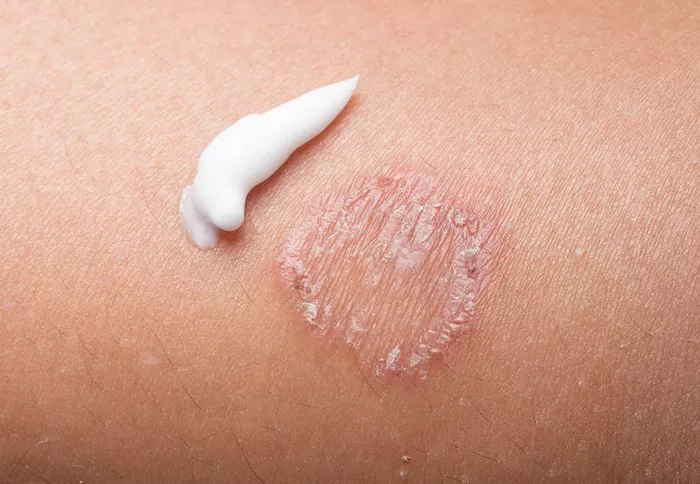Melanin is a pigment responsible for the color of our skin, hair, and eyes. It plays a crucial role in protecting our skin from UV radiation. When melanin levels decrease, it can lead to various skin conditions, including vitiligo, albinism, and other forms of depigmentation. Understanding the causes of melanin loss is essential for prevention and management. This article will explore the main factors contributing to melanin loss, highlighting each cause in detail.
Genetics
Genetics plays a significant role in determining melanin levels. Some individuals may be genetically predisposed to conditions that affect melanin production.
1. Albinism
Albinism is a genetic condition where individuals are born with little or no melanin. It results from mutations in genes responsible for melanin production. This condition affects not only skin color but also eye color and vision.
2. Vitiligo
Vitiligo is another genetic condition characterized by the loss of melanocytes, the cells that produce melanin. The exact cause is not fully understood, but genetics can influence its development. If someone in your family has vitiligo, you may have a higher risk of developing it.
Autoimmune Disorders
Autoimmune disorders occur when the body’s immune system mistakenly attacks healthy cells. This can lead to the destruction of melanocytes and subsequent loss of melanin.
1. Vitiligo
As mentioned earlier, vitiligo is not only genetic but can also be autoimmune. In this condition, the immune system targets and destroys melanocytes, leading to white patches on the skin.
2. Alopecia Areata
Alopecia areata is an autoimmune condition that primarily affects hair follicles. It can result in the loss of hair pigmentation, leading to white or gray hair. The immune system attacks the hair follicles, which may also affect the skin’s melanocytes.
Environmental Factors
Environmental factors can significantly impact melanin production. Exposure to certain elements can damage melanocytes and reduce melanin levels.
1. UV Radiation
While UV radiation stimulates melanin production, excessive exposure can be harmful. Over time, UV rays can damage the skin and melanocytes, leading to a decrease in melanin. This can result in sunburn and increased risk of skin cancer.
2. Chemical Exposure
Certain chemicals found in skin care products or industrial environments can also harm melanocytes. For instance, hydroquinone, a skin-lightening agent, can lead to a reduction in melanin if used excessively or improperly.
Hormonal Changes
Hormones significantly influence melanin production. Changes in hormone levels can lead to variations in skin pigmentation.
1. Pregnancy
During pregnancy, hormonal changes can lead to conditions like melasma, where dark patches appear on the skin. After childbirth, hormonal levels normalize, which may lead to a decrease in melanin production in certain areas.
2. Hormonal Disorders
Conditions like Addison’s disease can cause hormonal imbalances that affect melanin production. This disorder can lead to an increase in pigmentation in some areas while causing loss in others.
Nutritional Deficiencies
A well-balanced diet is essential for maintaining healthy skin and proper melanin production. Deficiencies in certain nutrients can lead to a decrease in melanin levels.
1. Vitamin D Deficiency
Vitamin D is crucial for skin health. A deficiency can lead to skin problems, including loss of pigmentation. The body needs vitamin D to support various functions, including melanin production.
2. Copper Deficiency
Copper is vital for melanin synthesis. A lack of copper can lead to decreased melanin production, resulting in lighter skin. Foods rich in copper, such as nuts and seeds, are essential for maintaining healthy pigmentation.
Skin Damage
Skin damage from various sources can lead to a loss of melanin.
1. Burns
Severe burns can damage the skin and its melanocytes, resulting in lighter patches or depigmentation. The healing process may not restore melanin levels, leading to permanent changes in skin color.
2. Trauma
Physical trauma to the skin, such as cuts or abrasions, can also affect melanin levels. If the damage is deep, it may destroy melanocytes and prevent them from regenerating.
Aging
Aging is a natural process that affects skin health and pigmentation.
1. Reduced Melanocyte Activity
As we age, the activity of melanocytes decreases. This reduction leads to less melanin production, resulting in lighter skin and gray or white hair.
2. Skin Changes
With age, skin becomes thinner and loses elasticity. This can also affect how melanin is produced and distributed within the skin.
Medications
Certain medications can affect melanin production and lead to loss of pigmentation.
1. Antibiotics
Some antibiotics, such as tetracycline, can cause photosensitivity. This means that exposure to sunlight while taking these medications can lead to skin damage and reduced melanin production.
2. Chemotherapy Drugs
Chemotherapy can affect rapidly dividing cells, including melanocytes. This may lead to temporary or permanent loss of pigmentation in the skin and hair.
Psychological Stress
Stress can affect overall health, including skin health. Psychological stress may lead to skin conditions that result in melanin loss.
1. Stress-Induced Conditions
Conditions like psoriasis and eczema can be exacerbated by stress. These conditions may lead to changes in pigmentation, including loss of melanin.
2. Hair Loss
Stress can also lead to conditions like telogen effluvium, which causes temporary hair loss. The regrowth process may produce white or gray hair due to decreased melanin levels.
Prevention and Management
While some causes of melanin loss are unavoidable, there are steps you can take to prevent further loss and manage existing conditions.
1. Sun Protection
Using sunscreen is vital to protect the skin from UV damage. Look for broad-spectrum products with an SPF of 30 or higher. Regular application can help maintain melanin levels and prevent skin cancer.
2. Nutritional Support
A well-balanced diet rich in vitamins and minerals supports skin health. Ensure you consume enough vitamin D, copper, and antioxidants to promote healthy melanin production.
3. Avoid Harmful Chemicals
Be cautious with skin care products containing harsh chemicals. Always read labels and choose products that are gentle on the skin. Avoid using skin-lightening agents unless prescribed by a dermatologist.
4. Regular Check-Ups
Regular visits to a dermatologist can help monitor skin health and address any concerns related to pigmentation. Early intervention can lead to better outcomes.
5. Stress Management
Practicing stress-reduction techniques such as yoga, meditation, and exercise can promote overall health, including skin health. Managing stress may help prevent stress-related skin conditions.
Conclusion
The loss of melanin can result from various factors, including genetics, autoimmune disorders, environmental influences, hormonal changes, nutritional deficiencies, skin damage, aging, medications, and psychological stress. Understanding these causes is essential for prevention and management. Taking proactive steps to protect your skin and maintain melanin levels can promote healthy skin and overall well-being. Always consult a healthcare professional if you notice changes in your skin’s pigmentation or have concerns about melanin loss.
Related topics:


























